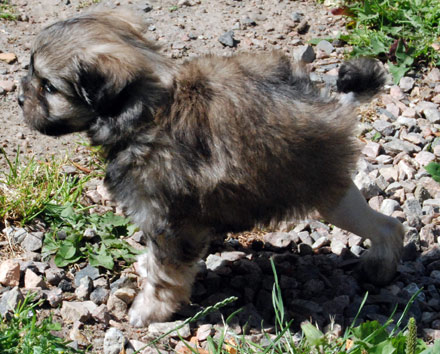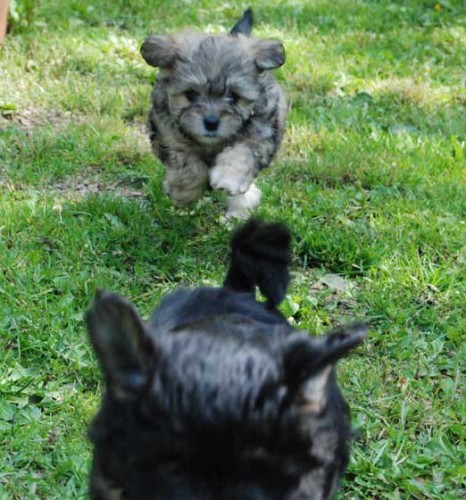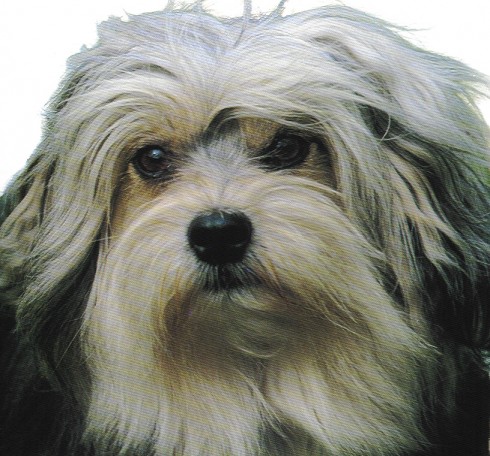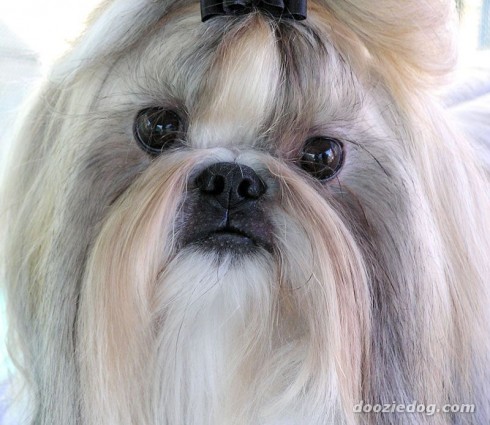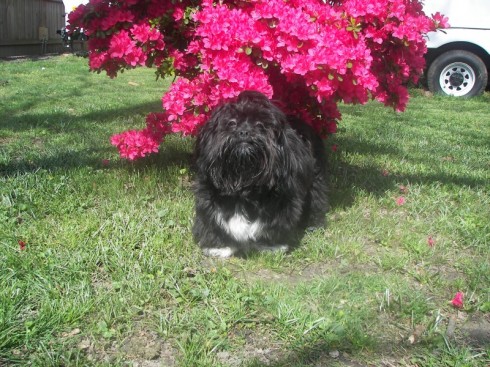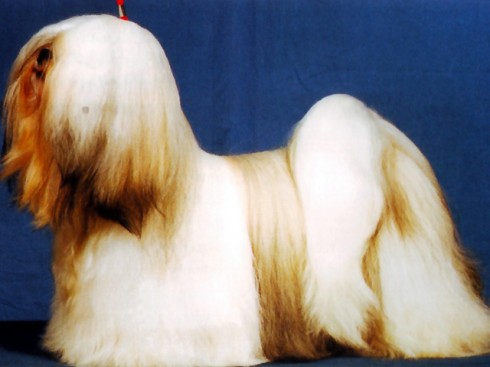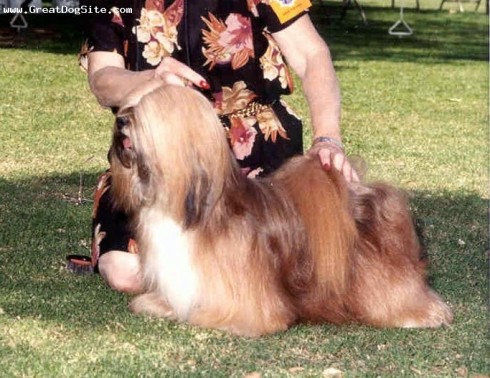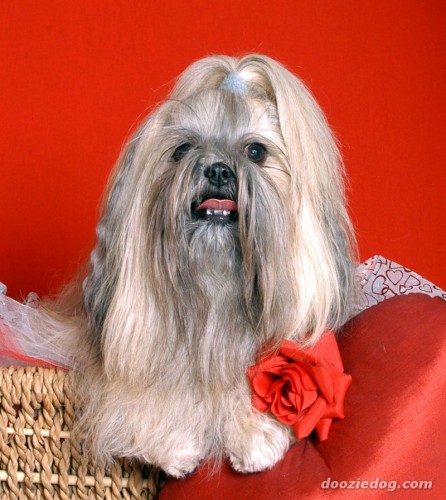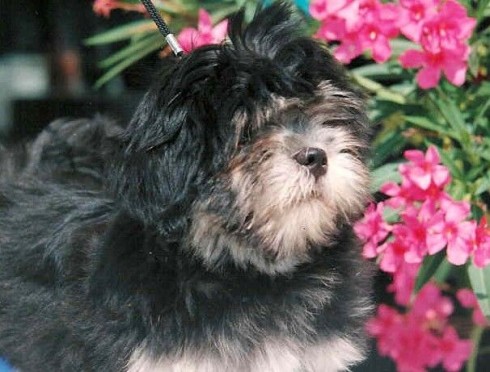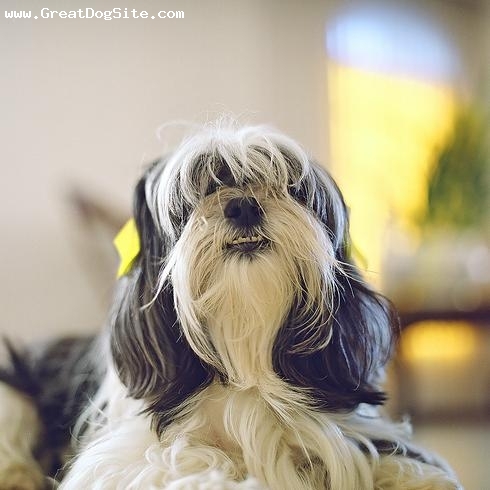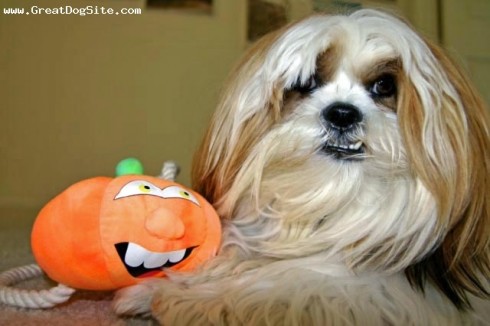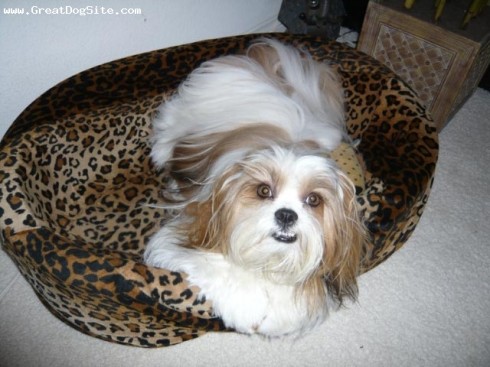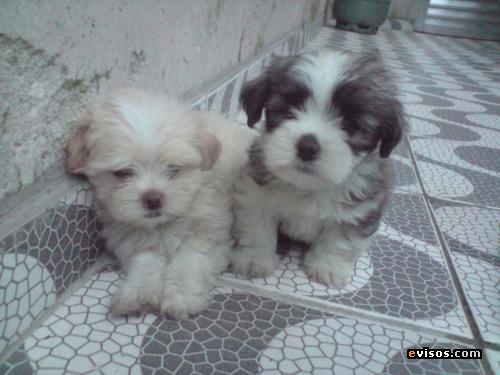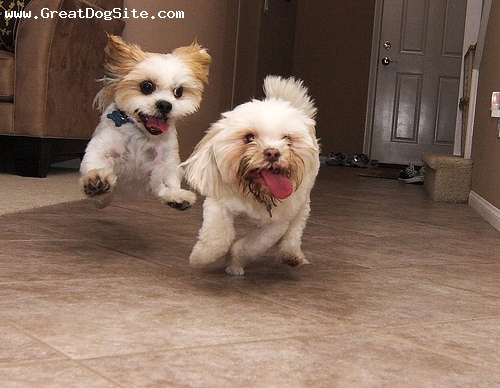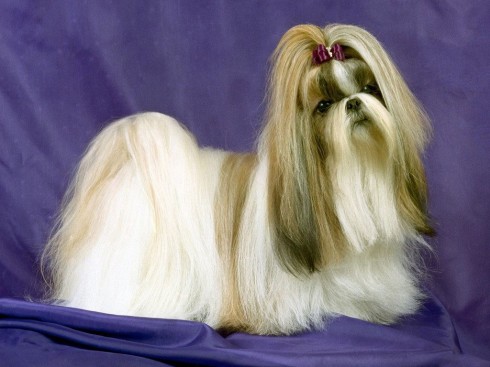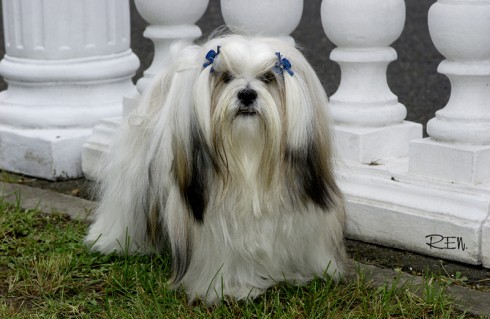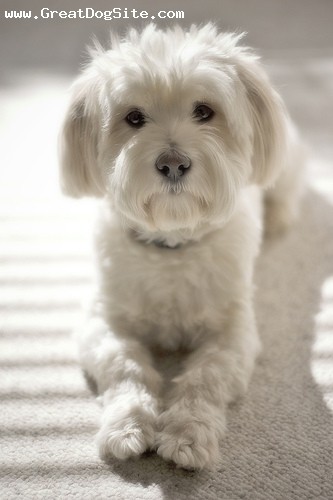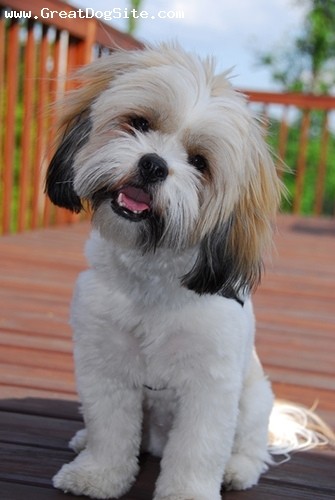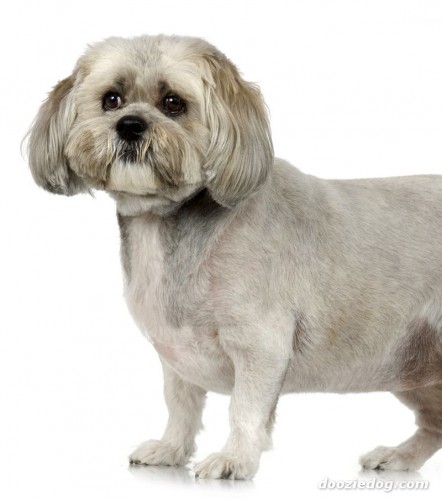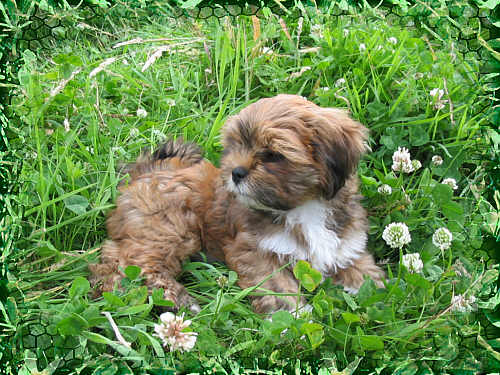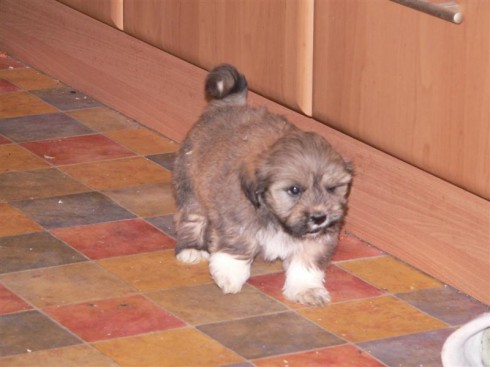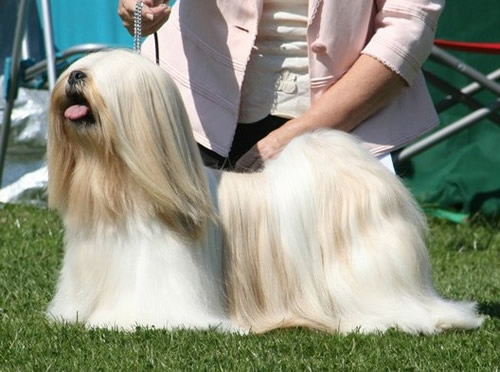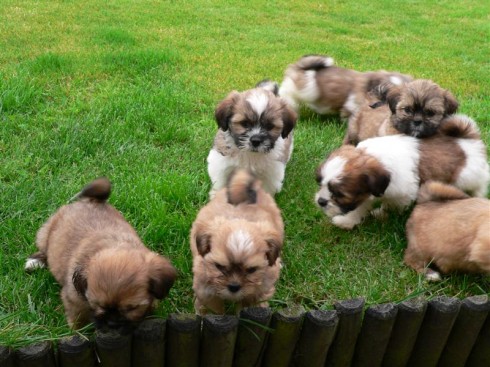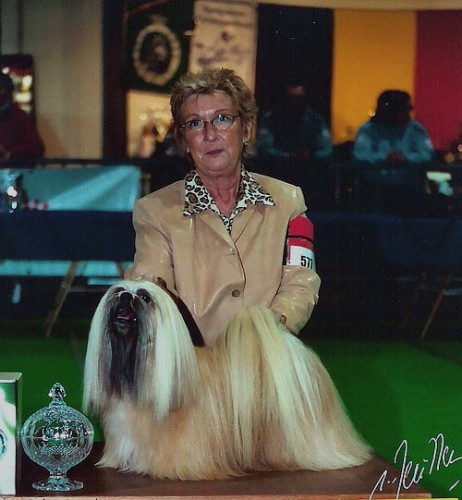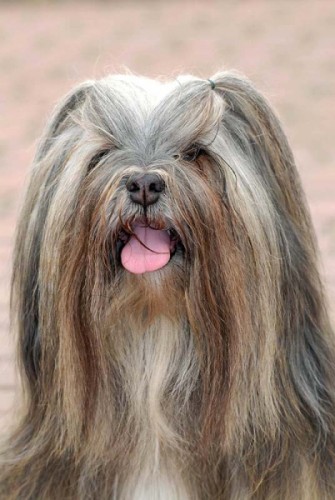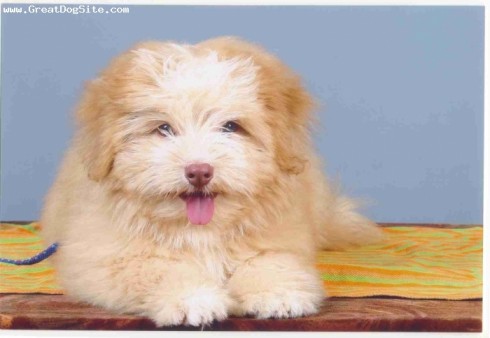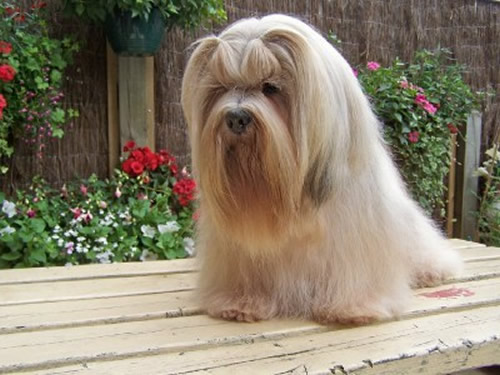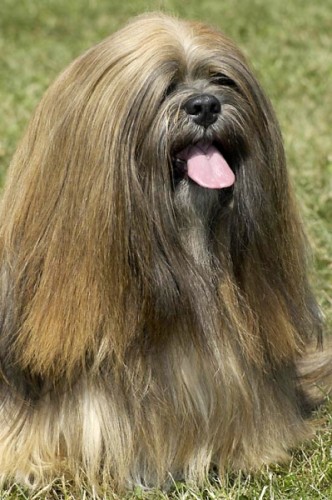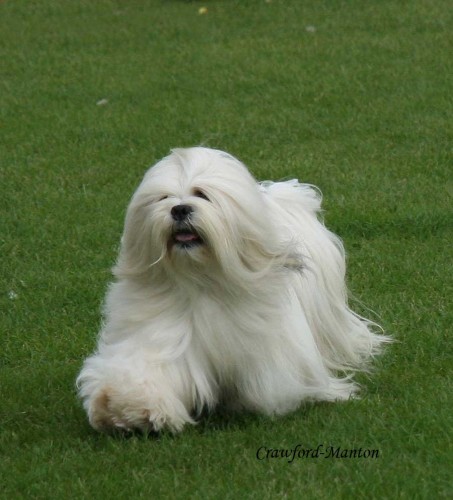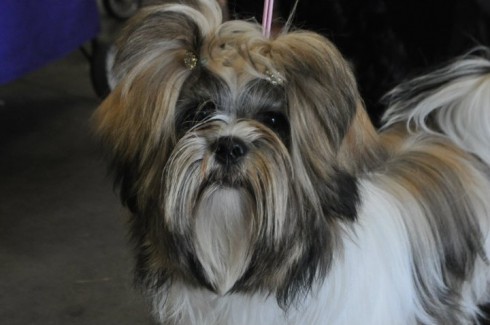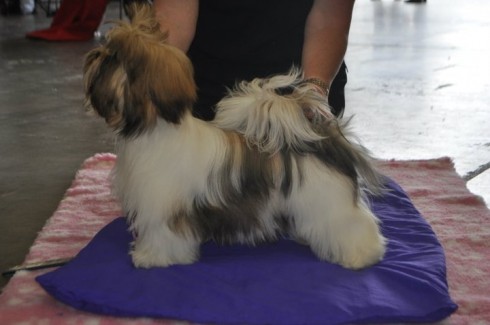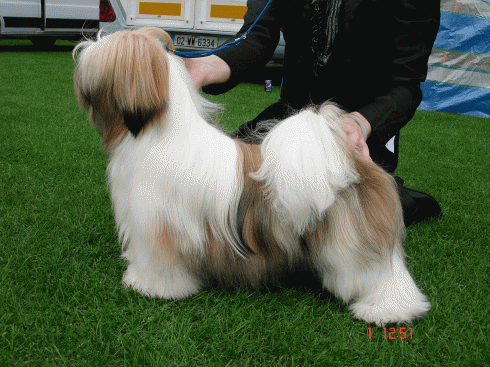Main Index
In Store
Our Web Store
Miniature Schnauzer Picture Gallery
Latest Dog Blogs
- What Are The Basic Commands To Train A Dog?
- PaySafe As The Most Popular Type Of Deposit
- Everything You Need To Know About Pet Sales
- Dogs Contribute To Our Physical And Mental Well Being
- How To Choose Where To Bet On Greyhounds In 2022
- Volunteer With Animals - How To Help Dogs Around The World
- Basic Understanding Of The House Edge
- Why You Should Get A Dog
- Top 20 Popular Dog Names Around The World
- Constipation in Dogs and How to Find Solutions
Lhasa Apso
The Full Lhasa Apso Description
Lhasas don't expect to be pampered. They are protective of their people and care for them in a dignified but loving manner. In obedience training, positive, repetitive lessons will win the Lhasa over. The Lhasa can be playful and spirited, but also independent.
Did you know?
The Lhasa Apso is from Tibet.
So you want to own a Lhasa Apso?
The Lhasa Apso is known in Tibet as "Bark Lion Sentinel Dog." His primary function was that of a police watchdog. His keen intelligence and acute hearing and instincts for identifying friends from strangers made him uniquely suited for the role of a watchdog.
The Lhasa Apso's coat needs regular grooming.
Due to his small size the Lhasa Apso makes an ideal companion for the apartment dweller.
Indicative Breed Standard
General Appearance
Well balanced, sturdy, heavily coated.
Characteristics
Gay and assertive.
Temperament
Alert, steady but somewhat aloof with strangers.
Head and Skull
Heavy head furnishings with good fall over eyes, good whiskers and beard. Skull moderately narrow, falling away behind eyes, not quite flat, but not domed or apple headed. Straight foreface with medium stop. Nose black. Muzzle about 4 cms (11/2 ins), but not square; length from tip of nose roughly one third total length from nose to back of skull.
Eyes
Dark. Medium size, frontally placed, oval, neither large nor full, nor small and sunk. No white showing at base or top.
Ears
Pendant, heavily feathered.
Mouth
Upper incisors close just inside lower i.e. reverse scissor bite. Incisors in a broad and as straight a line as possible. Full dentition desirable.
Neck
Strong and well arched.
Forequarters
Shoulders well laid back. Forelegs straight, heavily furnished with hair.
Body
Length from point of shoulders to point of buttocks greater than height at withers. Well ribbed. Level topline. Strong loin. Balanced and compact.
Hindquarters
Well developed with good muscle. Good angulation. Heavily furnished with hair. Hocks when viewed from behind parallel and not too close together.
Feet
Round, cat-like with firm pads. Well feathered.
Tail
High-set, carried well over back but not like a pot-hook. Often a kink at end. Well feathered.
Gait/Movement
Free and jaunty.
Coat
Top coat long, heavy, straight, hard neither woolly nor silky. Moderate undercoat.
Colour
Golden, sandy, honey, dark grizzle, slate, smoke, parti-colour, black, white or brown. All equally acceptable.
Size
Ideal height: dogs: 25cms (10 ins) at shoulders; bitches slightly smaller.
About Our Article Directory
- Article
- 27 November 2010
- 2 comments
Canis lupus familiaris
- Breed Article
- 29 May 2010
- No comments
Quick Search
Donate
Latest Dog Pods
- Tips on How to Stop Your Dog from Biting
- Beware - Not All Advertised Dog Rescues Really Are! How Can You Know The Truth?
- Helpful Tips For Dog Obedience Problems
- How to Keep Dogs From Eating Poop
- Dog Grooming Tips - A General Overview of the Very Basics of Dog Grooming
- Recognising Different Types of Dog Obedience Problems
- 5 Important Tips On Feeding A Puppy


